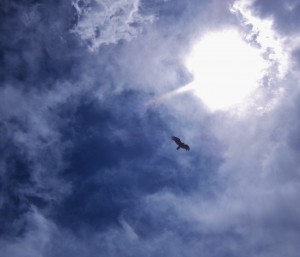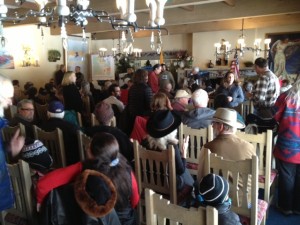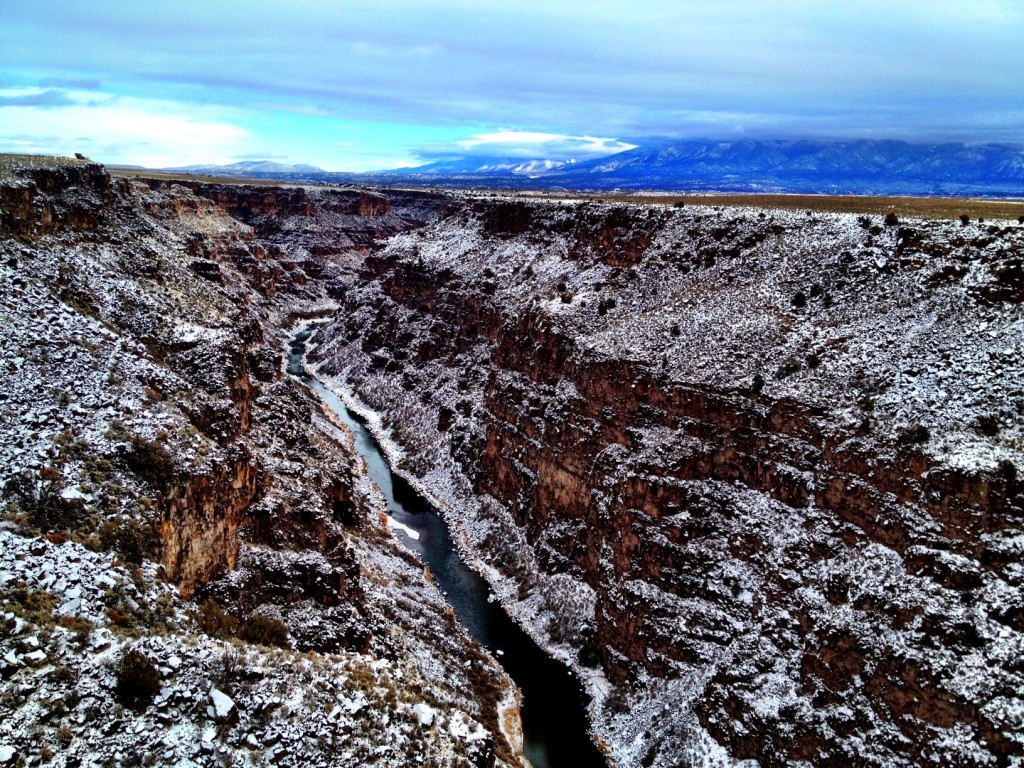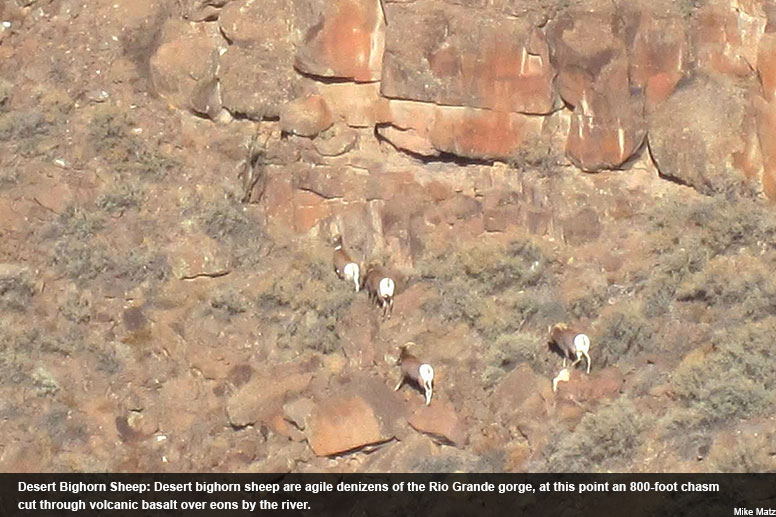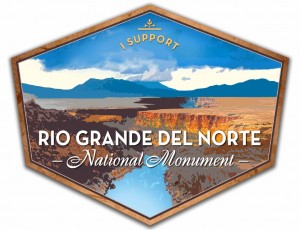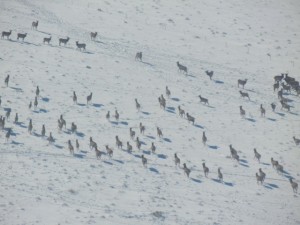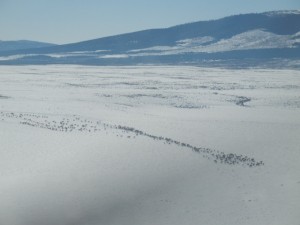With Interior Secretary Ken Salazar’s trip to Taos County complete and discussions about a Rio Grande del Norte national monument ongoing, Congressman Rob Bishop (R-UT) issued a statement opposing the monument designation, citing a lack of public input and referring to the Antiquities Act as “controversial” and a way to “lock up federal land and resources behind Congress’ back.”
The New Mexico Wildlife Federation has responded to Bishop’s concerns regarding a lack of public input, pointing out that permanent protection of Rio Grande del Norte “has been the subject of widespread public discussion and media coverage for years.”
From the New Mexico Wildlife Federation’s press release:
“Contrary to Rep. Bishop’s statements, well-publicized legislation and proposals regarding Rio Grande del Norte have been discussed for several years, with the overwhelming amount of it favoring permanent protection of these vital public lands,” said Max Trujillo of the New Mexico Wildlife Federation. “The representative’s assertion that designating this area as a national monument without sufficient public input reeks of a desperate 11th-hour attempt to stop presidential action that would help the local economy and be highly popular in New Mexico.”
In fact, permanent protection of Rio Grande del Norte has been the subject of widespread public discussion and media coverage for years. It has been supported by numerous entities including the Taos County Commission, Taos Town Council, Taos Pueblo, local businesses and chambers of commerce, as well as individual ranchers, sportsmen and veterans. A recent book highlights the support voiced by 100 northern New Mexicans from all walks of life.
…
“Contrary to Rep. Bishop’s recent comments, a tremendous amount of public input has gone into the development of the proposal to protect Rio Grande del Norte,” said Taos County Commissioner Larry Sanchez. “That is why there is no local opposition to designating a national monument. That is why the many traditional uses of these public lands are being recognized. Grazing, hunting, fishing, gathering of firewood and piñon and herbs, religious and cultural sites—it would all be protected. Designating Rio Grande del Norte as a national monument would also provide badly needed economic growth for this area,” he continued. “I would be happy to give Rep. Bishop a personal tour of the area to show him directly how much local support there is.”
You can find additional coverage in the Taos News here.

